This article was medically reviewed by Luba Lee, FNP-BC, MS. Luba Lee, FNP-BC is a Board-Certified Family Nurse Practitioner (FNP) and educator in Tennessee with over a decade of clinical experience. Luba has certifications in Pediatric Advanced Life Support (PALS), Emergency Medicine, Advanced Cardiac Life Support (ACLS), Team Building, and Critical Care Nursing. She received her Master of Science in Nursing (MSN) from the University of Tennessee in 2006.
There are 12 references cited in this article, which can be found at the bottom of the page.
This article has been viewed 17,603 times.
If you've been diagnosed with SIBO (small intestine bacterial overgrowth), you're probably looking to begin treating symptoms like abdominal discomfort, pain, diarrhea, and bloating. Finding a good treatment plan can be tricky, since SIBO is often linked to other underlying conditions, like IBS (irritable bowel syndrome), diabetes, and leaky gut. If you work closely with your doctor to treat your specific symptoms, you can begin feeling relief. Ask if medications, supplements, and dietary changes are right for you.
Steps
Taking Medications and Supplements to Treat SIBO
-
1Take antibiotics as directed by your doctor. Some antibiotics can reduce the overgrowth of bacteria in your gut. When the intestine isn't overloaded with bacteria, you might feel relief from symptoms. The most commonly prescribed drugs are Augmentin, ciprofloxacin, doxycycline, Xifaxan, and Salix.[1]
- Make sure to follow the dosage instructions provided by your doctor.
- Finish your prescribed course of antibiotics, which usually lasts between 7-10 days, even if your symptoms subside.
- Talk to your doctor about possible side-effects or negative interactions that could go along with taking antibiotics.
-
2Increase your intake of probiotics to reduce symptoms. Some people have shown a decrease in symptoms of SIBO, such as diarrhea and shortness of breath, with the addition of bacteria known as probiotics. Try increasing the amount of one particular type, lactobacillus, as many people have seen results by doing so. You can use supplements or add probiotics through your diet.[2]
- Take probiotic capsules or powders to help replenish helpful bacteria.
- You can try eating fermented foods, like plain yogurt or sauerkraut, once you're off your medication and your symptoms improve. If you're sensitive to lactose, ask your doctor if a supplement is a better option for you.
Advertisement -
3Try L-glutamine to restore your gut wall lining. This is a type of amino acid that can help repair the lining of your intestine. Purchase L-glutamine at a nutrition store, pharmacy, or online. Make sure to follow all of the dosage instructions on the packaging, and take the amount specified.[3]
- Talk to your doctor before adding any supplements to your diet.
-
4Consider vitamin supplements to repair your gut. It's possible that adding more zinc, fish oil, and vitamins A, B, C, D, and E can help to ease some of your symptoms. You can purchase these online or at a nutrition store or pharmacy. Carefully follow the directions on the packaging, and take the amount specified.[4]
- Ask your doctor before you begin taking any supplements.
-
5Ask your doctor if herbs can help your condition. One study has shown that herbal therapies might be as effective as antibiotics. Talk to your doctor about starting an herbal regimen. In many cases, the herbal therapy will be a specific program of pills provided by your doctor.[5]
- Herbs might reduce symptoms such as cramping, bloating, and diarrhea.
- You can also talk to your doctor about herbal supplements you can take at home. One of the most common is enteric-coated peppermint oil. Take 1-3 capsules 3 times a day. Take with a glass of water between meals.
- You can also try taking grapefruit seed extract, oregano oil, or olive leaf extract. You can purchase these at health food stores. Make sure to follow the directions on the packaging and check with your doctor before trying supplements.[6]
- If your doctor is unfamiliar with herbal remedies, you can talk to a Chinese medicine practitioner or an alternative medicine provider.
Making Dietary Changes
-
1Talk to your doctor or nutritionist about a low FODMAP diet. FODMAP is short for Fermentable Oligosaccharides, Disaccharides, Monosaccharides, and Polyols. This refers to short-chain carbohydrates and certain sugars that the body might have trouble digesting. Ask about a diet low in FODMAPs to ease symptoms like bloating, discomfort, and abdominal pain.[7]
- Typically, your doctor or nutritionist will recommend an elimination diet. For 3-8 weeks, you will severely restrict certain types of foods. Then you will gradually add them back in to try to identify foods that trigger your symptoms.
-
2Eat low FODMAP fruits and vegetables each day. If you decide to try low FODMAP, there are still lots of healthy food choices available to you. You can load up on certain fruits and veggies. The fiber and vitamins might help reduce symptoms, like discomfort. Here are some examples of foods to include:[8]
- Bell pepper
- Green beans
- Carrots
- Potatoes
- Oranges
- Grapes
- Strawberries
-
3Eat a variety of healthy proteins low in FODMAPs. Protein helps to build muscles and repair them. It's important that you get enough each day. The recommended daily allowance is 0.8 grams of protein for every kilogram you weigh.[9] Ask your nutritionist to give you a list of protein options. Good choices include:[10]
- Beef
- Pork
- Chicken
- Fish
- Eggs
- Tofu
- Lentils
- Chickpeas
-
4
-
5Consider a low-fermentation diet for a less-restrictive approach. Choosing foods that are low in fermentation can help reduce flare-ups of SIBO symptoms. This approach still eliminates certain foods but allows for more choices than the low FODMAP diet. Talk to your doctor or nutritionist before trying this diet. You'll typically avoid foods such as:[13] [14]
- Plain yogurt
- Non-absorbed sugars (like Splenda)
- Gum
- Onions
- Garlic
-
6Eat small meals to reduce the risk of flare-ups. Since food can exacerbate symptoms of SIBO, it's best not to eat too much at a time. Try to eat a small meal every 3-4 hours throughout the day. You should avoid snacking in between, as grazing can also cause flare-ups.[15]
Warnings
- Carefully follow instructions on all medications.⧼thumbs_response⧽
- Consult your doctor before making big changes to your diet.⧼thumbs_response⧽
- Talk to your doctor before taking any supplements.⧼thumbs_response⧽
References
- ↑ https://www.ncbi.nlm.nih.gov/pmc/articles/PMC3099351/
- ↑ https://www.ncbi.nlm.nih.gov/pmc/articles/PMC3099351/
- ↑ https://www.ncbi.nlm.nih.gov/pmc/articles/PMC6790068/
- ↑ https://www.msdmanuals.com/professional/gastrointestinal-disorders/malabsorption-syndromes/small-intestinal-bacterial-overgrowth-sibo
- ↑ https://www.ncbi.nlm.nih.gov/pmc/articles/PMC4030608/
- ↑ https://advancedfunctionalmedicine.com.au/sibo-natural-treatment-perth/
- ↑ https://www.medicinenet.com/low_fodmap_diet_list_of_foods_to_eat_and_avoid/article.htm#list_of_high_fodmap_foods_to_avoid
- ↑ https://www.medicinenet.com/low_fodmap_diet_list_of_foods_to_eat_and_avoid/article.htm#list_of_high_fodmap_foods_to_avoid
- ↑ https://www.health.harvard.edu/blog/how-much-protein-do-you-need-every-day-201506188096
- ↑ https://www.medicinenet.com/low_fodmap_diet_list_of_foods_to_eat_and_avoid/article.htm#list_of_high_fodmap_foods_to_avoid
- ↑ https://www.hopkinsmedicine.org/gastroenterology_hepatology/diseases_conditions/small_large_intestine/small-intestinal-bacterial-overgrowth.html
- ↑ https://www.ibsdiets.org/fodmap-diet/fodmap-food-list/
- ↑ https://www.siboinfo.com/uploads/5/4/8/4/5484269/low_fermentation_diet.pdf
- ↑ https://www.hopkinsmedicine.org/health/wellness-and-prevention/fodmap-diet-what-you-need-to-know
- ↑ https://www.todaysdietitian.com/newarchives/0420p10.shtml
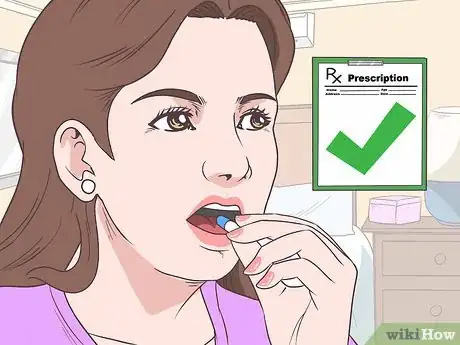
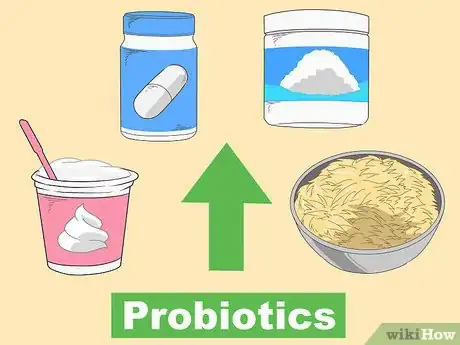
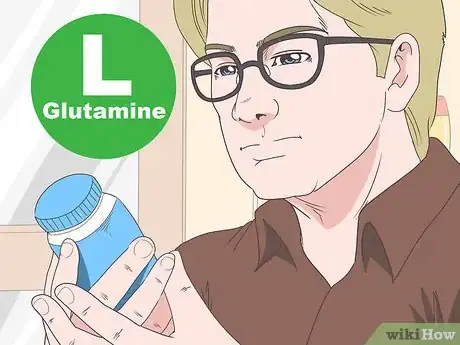
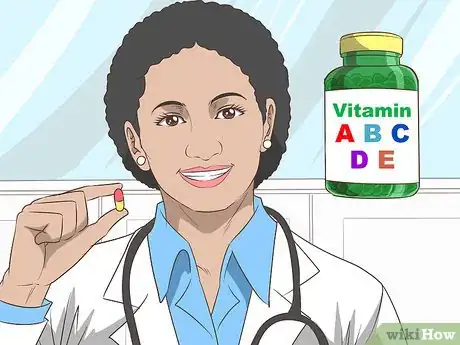



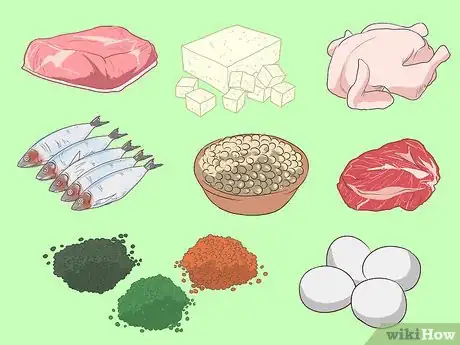
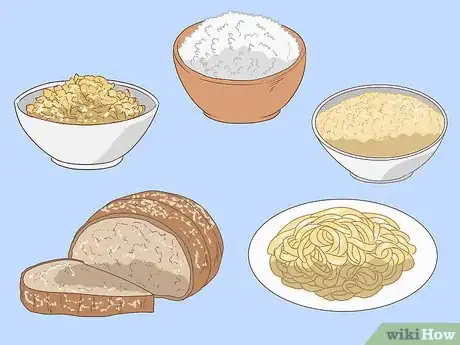
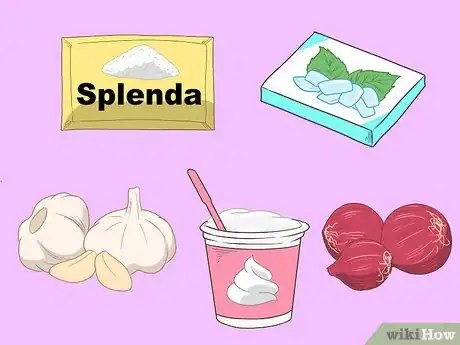
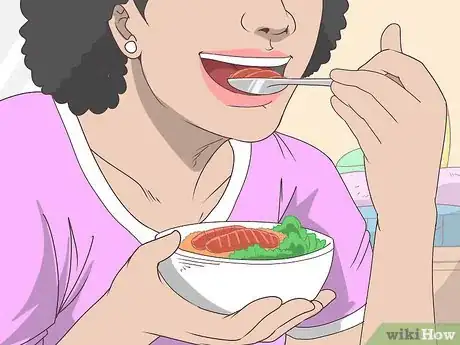



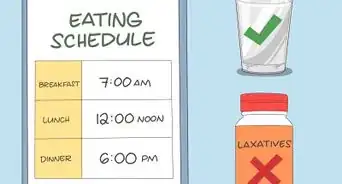

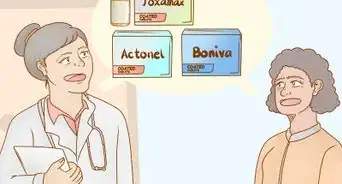






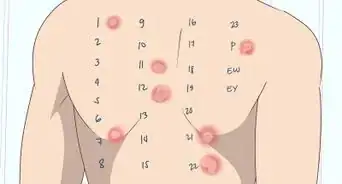








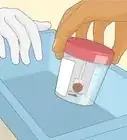


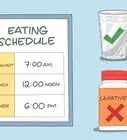



































Medical Disclaimer
The content of this article is not intended to be a substitute for professional medical advice, examination, diagnosis, or treatment. You should always contact your doctor or other qualified healthcare professional before starting, changing, or stopping any kind of health treatment.
Read More...